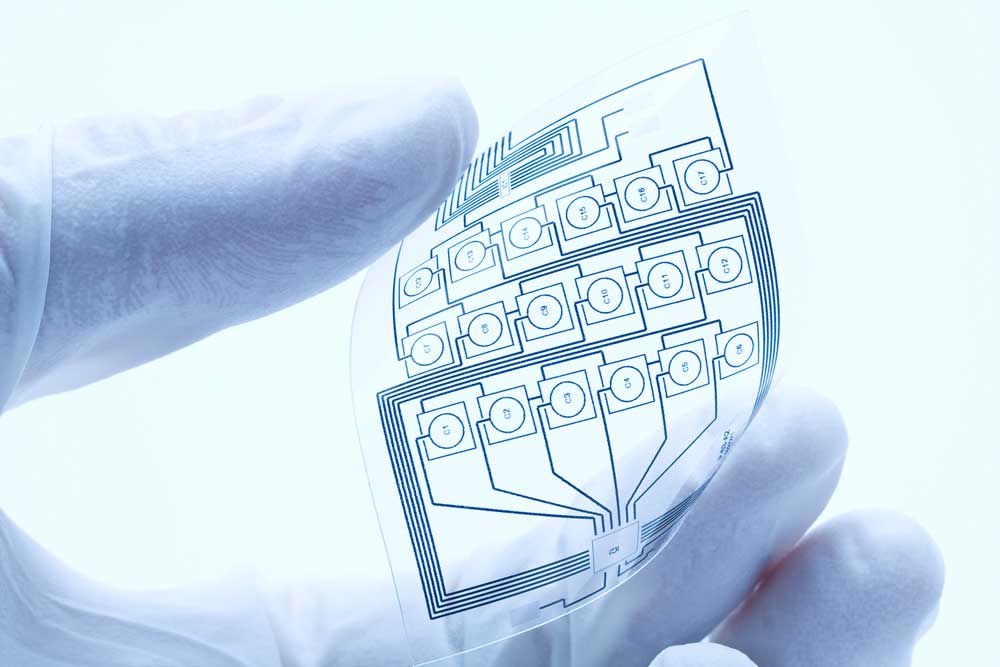Have you heard of printed electronics? When most people hear the term “printing,” they envision computer printers that distribute ink onto paper. In addition to printed paper, though, there are printed electronics. Printed electronics have become increasingly popular in recent years. They are used in everything from smartphones and smart wearables to radio frequency identification (RFID) tags, human machine interfaces (HMIs) and more.

The Basics of Printed Electronics
A printed electronic is any type of electronic system that’s applied or printed onto one or more substrates. Circuits, for instance, are often classified as printed electronics. A circuit is nothing more than a conductive pathway. Nearly all electronics have at least one circuit. Depending on how a circuit is made, it may be classified as a printed electronic.
Some circuits are made by etching. The conductive pathway is etched into a substrate. It’s not applied or printed onto the substrate. Rather, the conductive path is etched into the substrate. Other circuits are made via printing. Printed circuits involve the application of ink – the ink must be conductive – onto a substrate.
Materials Used in the Construction of Printed Electronics
Printed electronics require the use of a conductive material. The conductive material forms the conductive pathway. All printed circuits, for instance, feature a conductive pathway, which is made of a conductive ink.
There are different types of conductive inks used in the construction of printed electronics. Indium tin oxide (ITO) is a popular choice. It offers excellent electrical conductivity, meaning electricity can easily flow through ITO. In addition to ITO, other common types of conductive inks used in the construction of printed electronics include copper, silver and gold.
Some circuits are made by etching. The conductive pathway is etched into a substrate. It’s not applied or printed onto the substrate. Rather, the conductive path is etched into the substrate. Other circuits are made via printing. Printed circuits involve the application of ink – the ink must be conductive – onto a substrate.
Contact Us to Schedule a Complimentary Strategy Session
Schedule Now
Benefits of Printed Electronics
Printed electronics offer many benefits. For starters, they are lightweight. They typically weigh less than other, non-printed electronics. And with their lightweight design, printed electronics are a popular choice for wearable devices.
In addition to being lightweight, printed electronics are inexpensive. Printing is a cost-effective production process for circuits and other electronics. As a result, choosing printed electronics can save businesses money on their supply costs.
Many printed electronics support backligjhting. Backlighting is a lighting system that’s designed to illuminate the device with which it’s used. If you’re planning on buying a printed electronic, you may want to choose backlighting. Light-emitting diode (LED) backlighting will illuminate the printed electronic from behind. You can even use light guides with LED backlighting so that the light is evenly distributed.

